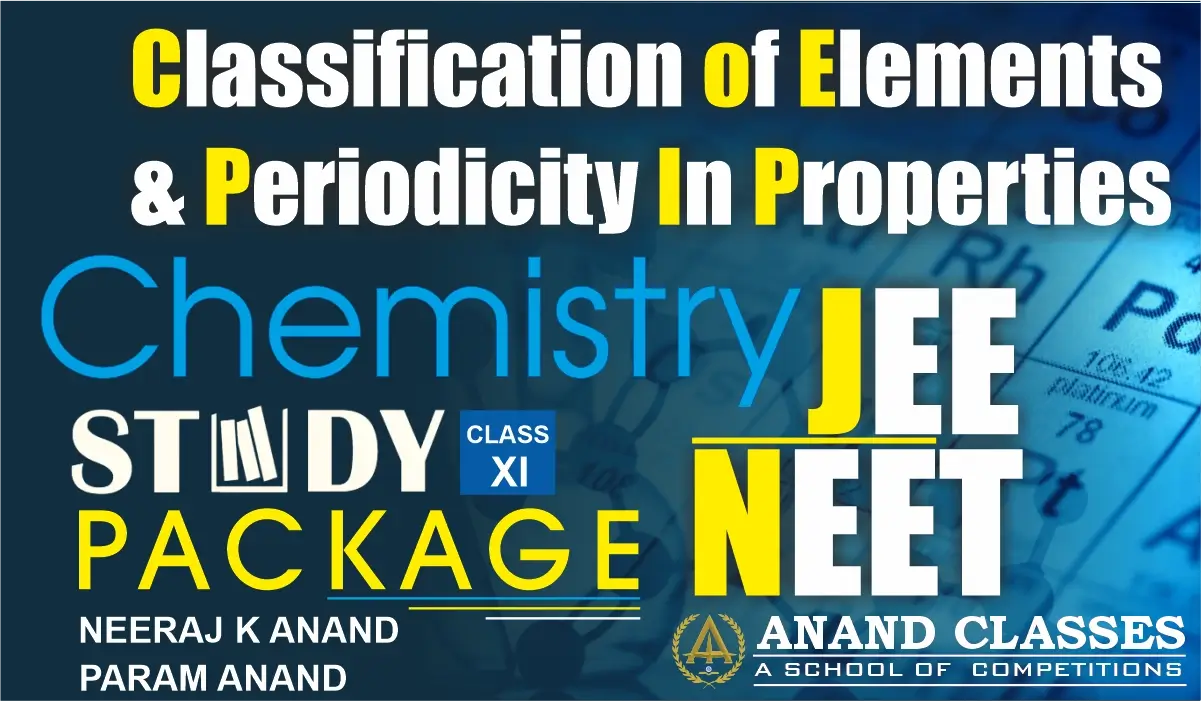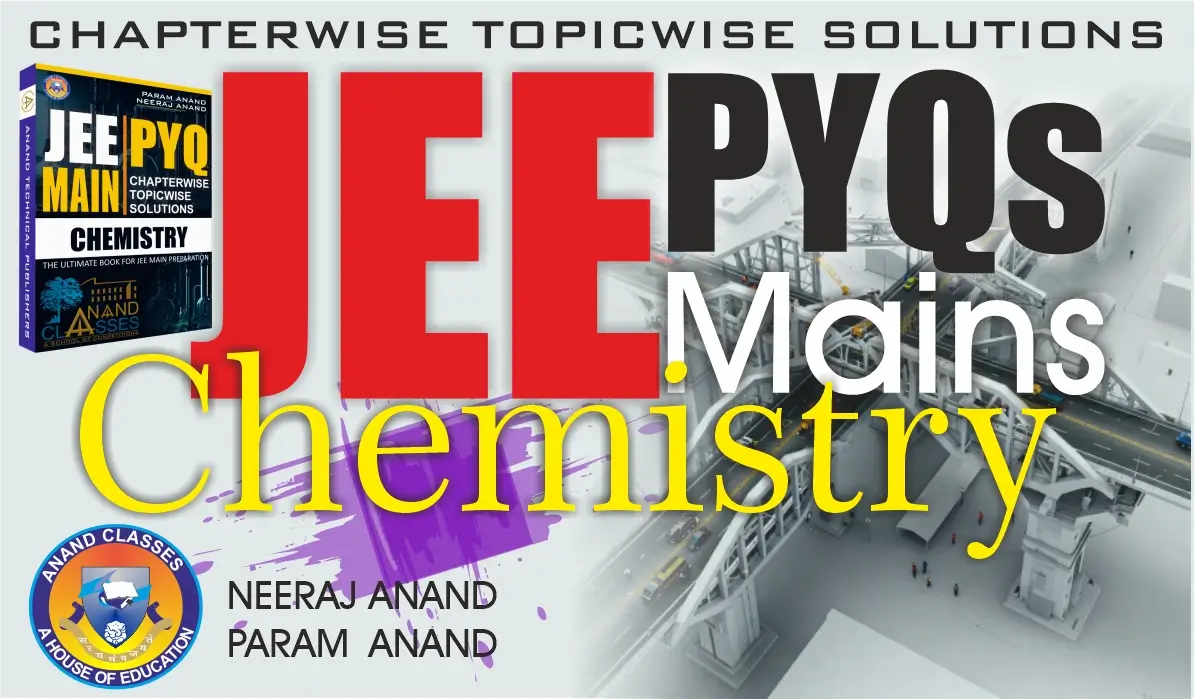Alcohols, Phenol, and Ethers have several applications in business and everyday life. Alcohols and phenols are hydroxyl organic substances. The wood polish we use to polish our furniture comprises alcohol, which is mostly ethanol. Menthol, derived from peppermint oil, is used to flavour cigarettes and food. Furthermore, starting with alcohols, a variety of organic compounds such as alkyl halides, alkenes, aldehydes, ketones, carboxylic acids, ethers, and so on can be synthesized. Organic hydroxy compounds are found in cane sugar, cotton clothing, and writing paper.
Because ethers are chemically inert, they are often utilized as solvents in a wide range of chemical processes. Di-ethyl ether, the most frequent member of the ether family, was used as a surgical anaesthetic for many years until being superseded by safer non-inflammable alternatives. In perfumery, anisole, a pleasant-smelling aromatic ether, is utilized.
What are Ethers ?
Ethers are hydrocarbon derivatives in which an alkoxy (- OR) or aryloxy (-OAr) group replaces a hydrogen atom. Ethers are also substances created by replacing the hydrogen atom of the hydroxyl group of an alcohol or phenol with an alkyl or aryl group.
- Ethers are organic water derivatives with two alkyl or aryl groups linked to an oxygen atom. Ethers are also known as alkyl oxides (R2O) or aryl oxides (AR2O).
- The general formula of aliphatic ether is CnH2n+2O.
- It is the same as that of monohydric alcohols. Hence, aliphatic ethers are isomeric with monohydric alcohols.
Table of Contents
Classifications of Ether
Ethers are basically classified into two groups simple or mixed ethers.
- Simple or symmetric ethers: Ethers in which both alkyl or aryl groups attached to oxygen atoms are the same are called simple ethers.
eg: Dimethyl ether (CH3 – O – CH3), Diphenyl ether (CH6 – O – CH6) etc.
- Mixed or unsymmetrical ethers: Ethers in which two alkyl or aryl groups attached to oxygen atoms are different are called mixed ethers.
eg: Ethyl methyl ether (CH3 – O – C2H5). etc.
Structure of Ether
Ethers also have the same tetrahedral geometry as water. The oxygen atom is sp3 hybridized. Due to repulsive interaction between the two bulkier alkyl groups, the C – O – C bond angle is slightly greater than the tetrahedral angle.
Structure of Dimethyl ether
- Metamerism: Ethers with the same chemical formula but distinct alkyl groups attached on each side of the oxygen atom are said to be metamers of each other. Metamers are either chain isomers or position isomers that contain the same functional group but distinct alkyl groups linked to the heteroatom; in this example, oxygen.
e.g.: CH3 – CH2 – O – CH2 – CH3 (dimethyl ether) and CH3 – O – CH2 – CH2 – CH3 (methyl n-propyl ether).
- Isomerism: Isomerism refers to the presence of molecules that contain the same number of atoms of the same type and hence the same formula, but differ in chemical and physical characteristics. Ethers basically exhibit two types of isomerism:
- Chain Isomerism: Chain isomers are ethers that have identical alkyl groups on either side of the oxygen atom but different configurations of the carbon chain inside the alkyl group.
- Functional Isomerism: Functional isomers are ethers and monohydric alcohols with the same number of carbon atoms.
Preparations of Ethers
By Inter-molecular Dehydration:
When an excess of ethyl alcohol is distilled with concentrated sulphuric acid at 413 K, diethyl ether is produced. i.e., from alcohols also called inter-molecular dehydration.
If seen experimentally then,
- The first equal volumes of ethyl alcohol and concentrated sulphuric acid are placed in a distillation flask.
- Here ethyl alcohol reacts with concentrated sulphuric acid to give ethyl hydrogen sulphate.
C2H5−OH + H−O−SO3H ⟶ C2H5−O−SO3H + H2O
- Now, the excess ethyl alcohol is added to the distillation flask.
- Here Ethyl hydrogen sulphate reacts with added ethyl alcohol to give diethyl ether.
C2H5−O−SO3H + H−O−C2H5 ⟶ C2H5−O−C2H5 + H2SO4
- The ether produced Distills over and the sulphuric acid generated in the second reaction is reused in the first step
It is also known as the continuous etherification process because a tiny quantity of sulphuric acid turns a significant volume of ethyl alcohol into diethyl ether and the process continues.
Reaction Mechanism:
- Step 1: Formation of protonated alcohol-
- Step 2: Nucleophilic attack-
- Step 3: Deprotonation
Limitations of the above reaction are:
- The process is exclusively suited for preparing ethers from primary alcohols.
- Dehydration of secondary and tertiary alcohols, on the other hand, produces alkenes rather than ethers since elimination trumps substitution.
- Two processes compete with each other in the acidic dehydration of alcohols. One reaction is the elimination, which produces alkenes, while the other is a substitution, which produces ethers.
Now, these two competing reactions can be controlled, As the temperature rises, the temperature becomes more conducive to elimination (453 K and above). But at 413 K and lower, substitution is preferred.
- This approach is useful for producing simple ethers. The bi-molecular dehydration of alcohols is ineffective for the synthesis of mixed ethers. When two distinct alcohols are combined, a mixture of three different ethers is formed, which is difficult to separate.
Williamson Synthesis
By using Williamson`s synthesis, simple as well as mixed ethers can be prepared, using an alkyl halide. When alkyl halide is heated with alcoholic sodium or potassium alkoxide it gives ether.
The general form is written as,
Some of the important examples of Williamson`s synthesis are as follows:
- Preparation of t-butyl methyl ether should be using the following reaction.
- Phenols are also converted into ethers by using this method.
Though using Williamson synthesis we can obtain simply as well as mixed ethers but there are limitations too,
Limitations:
- A suitable choice of reactants is required for the synthesis of unsymmetrical ethers. Because primary alkyl halides are more sensitive to the SN3 reaction, the highest yield of unsymmetrical ether is produced when the alkyl halide is primary and the alkoxide is tertiary.
- e.g.: tert-butyl ethyl ether is prepared by heating ethyl bromide with sodium tert-butoxide.
- When the alkyl halide is secondary or tertiary, however, the nucleophilic assault on the α-carbon atom is sterically problematic (crowding effect). Furthermore, because alkoxide is a stronger base and attacks ß-hydrogen more easily, ß-elimination predominate.
Sample Questions(FAQs)
Question 1: Give examples of simple and mixed ethers?
Answer:
- Simple ether: C2H5 – O – C2H5 Diethyl ether
- Mixed ether: CH3 – O – C2H5 Ethyl methyl ether
Question 2: Give the structure of the following compound:
- 1 – Methoxy ethane
- 1 – Ethoxy ethane
Answer:
- 1 – Methoxy ethane
CH3 – O -C2H5
- 1 – Ethoxy ethane
C2H5 – O – C2H5
Question 3: What is metamerism? Explain with reference to Ethers.
Answer:
Metamerism is a type of structural isomerism in which two or more compounds have the same chemical formula but have a polyvalent functional group linked to separate alkyl groups.
The various compounds are referred to as metamers.
e.g.: The formula C4H10O represents two different ethers which are the metamers.
- Diethylether: CH3 – CH2 – O -CH2 – CH3
- Methyl-n-propylether: CH3 – O – CH2 – CH2 – CH3
Question 4: Write a note on the continuous etherification process.
Answer:
When an excess of a lower alcohol is heated with concentrated H2SO4 at 413 K, an intermediate is generated, which interacts with the second molecule of alcohol to give ether. Diethyl ether is generated when an excess of ethyl alcohol is heated with conc. H2SO4 at 413 K.
H2SO4 is regenerated in this technique, and it combines with increasing amounts of alcohol to make ether. As a result, it is known as the continuous etherification process.
However, this approach is only suited for the synthesis of simple ethers, preferably from primary alcohol.


